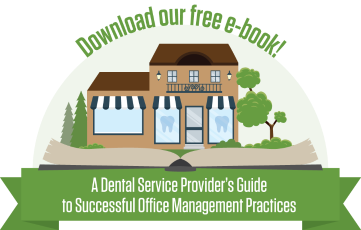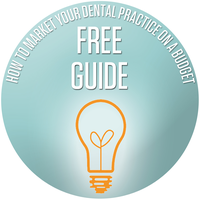It’s the foundation of the advice you provide to dental patients: floss regularly. Floss for healthier gums, plaque removal, and fresher breath. Only four of 10 Americans floss once a day or more, and 20 percent say they NEVER do.
Regardless, dental floss is a $200 million market in the U.S., and a frequent habit is the epitome of oral hygiene goals. So, when the Associated Press (AP) released a study that found little proof of a medical benefit from flossing, many consumers were shocked.
The AP focused on 25 studies comparing the use of just a toothbrush with the use of both toothbrushes and floss and found “weak, very unreliable” evidence that flossing helps.
 Your patients might have a few questions about this study, which likely left those without a regular flossing habit feeling validated. Those who subscribe to the flossing theory might have found the study’s finding confusing or even annoying.
Your patients might have a few questions about this study, which likely left those without a regular flossing habit feeling validated. Those who subscribe to the flossing theory might have found the study’s finding confusing or even annoying.
In response to the news story, the American Dental Association (ADA) asserted that the “lack of strong evidence” in flossing research studies “doesn’t equate to a lack of effectiveness.”
The American Academy of Periodontology (AAP) also released a statement on flossing efficacy following the release of the study, including the following commentary on the cited flossing research:
“Much of the current evidence does not utilize a large sample size or examine gum health over a significant amount of time. Additionally, many of the existing studies do not measure true markers of periodontal health such as inflammation or clinical attachment loss.”
Both organizations continue to recommend cleaning between teeth daily, whether with floss or other tools like interdental brushes.
If your patients have questions about flossing, it might be helpful to reiterate that—studies aside—the purpose of flossing remains to remove food particles and plaque from areas that a toothbrush just cannot reach.
Answering the “why?” is a great way to segue into a conversation about types of floss and flossing practices that are applicable to a particular patient’s needs. Point out to your patients that the study did not say that we should stop flossing, or that flossing is detrimental in any way. Explain, as the AAP did, that larger studies might be needed to better determine the effects of flossing on our teeth and gums.
However the conversation goes, the important thing is that you’re open to fielding questions and providing your expert opinion on this topic. Your patients will appreciate your availability and candor.



